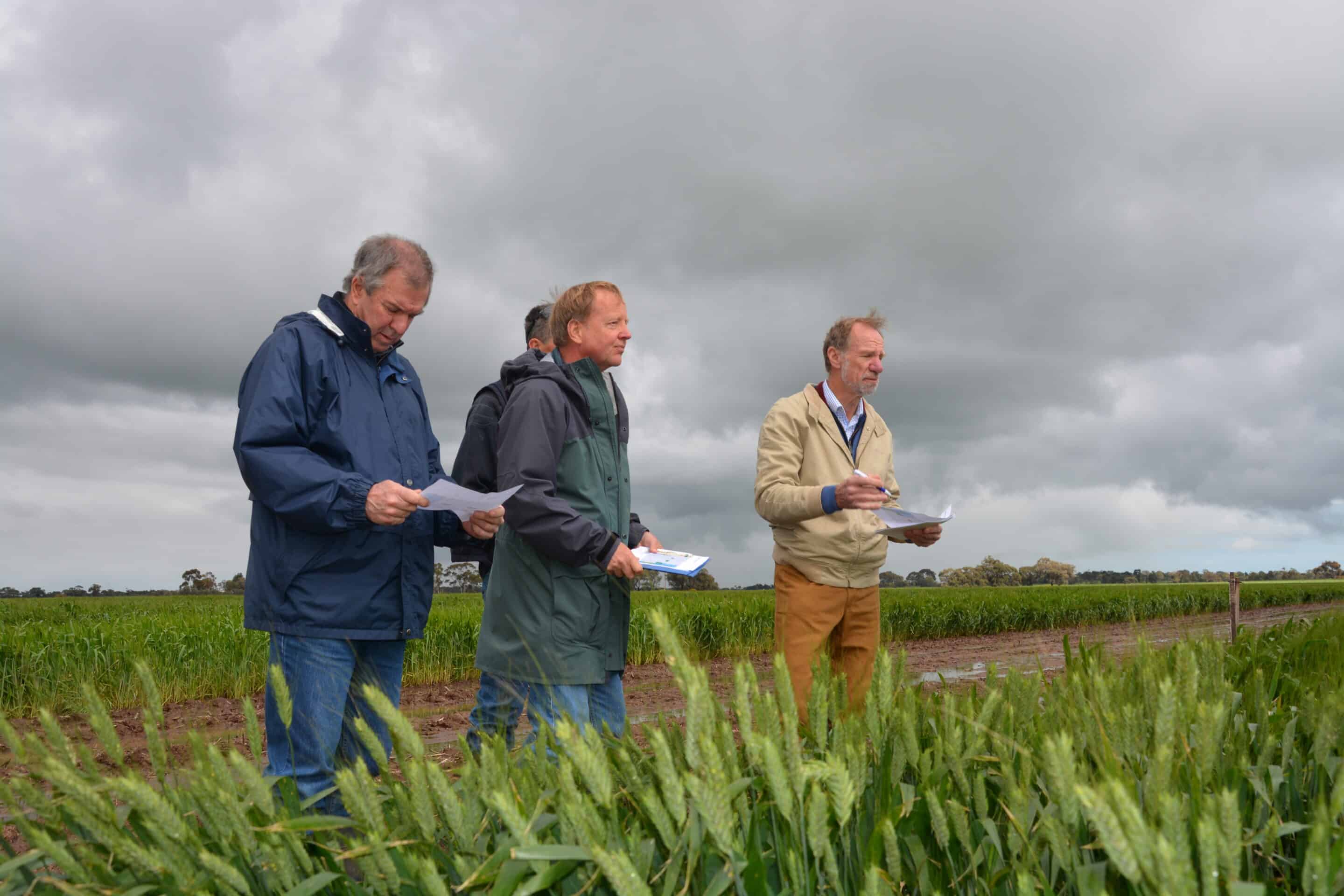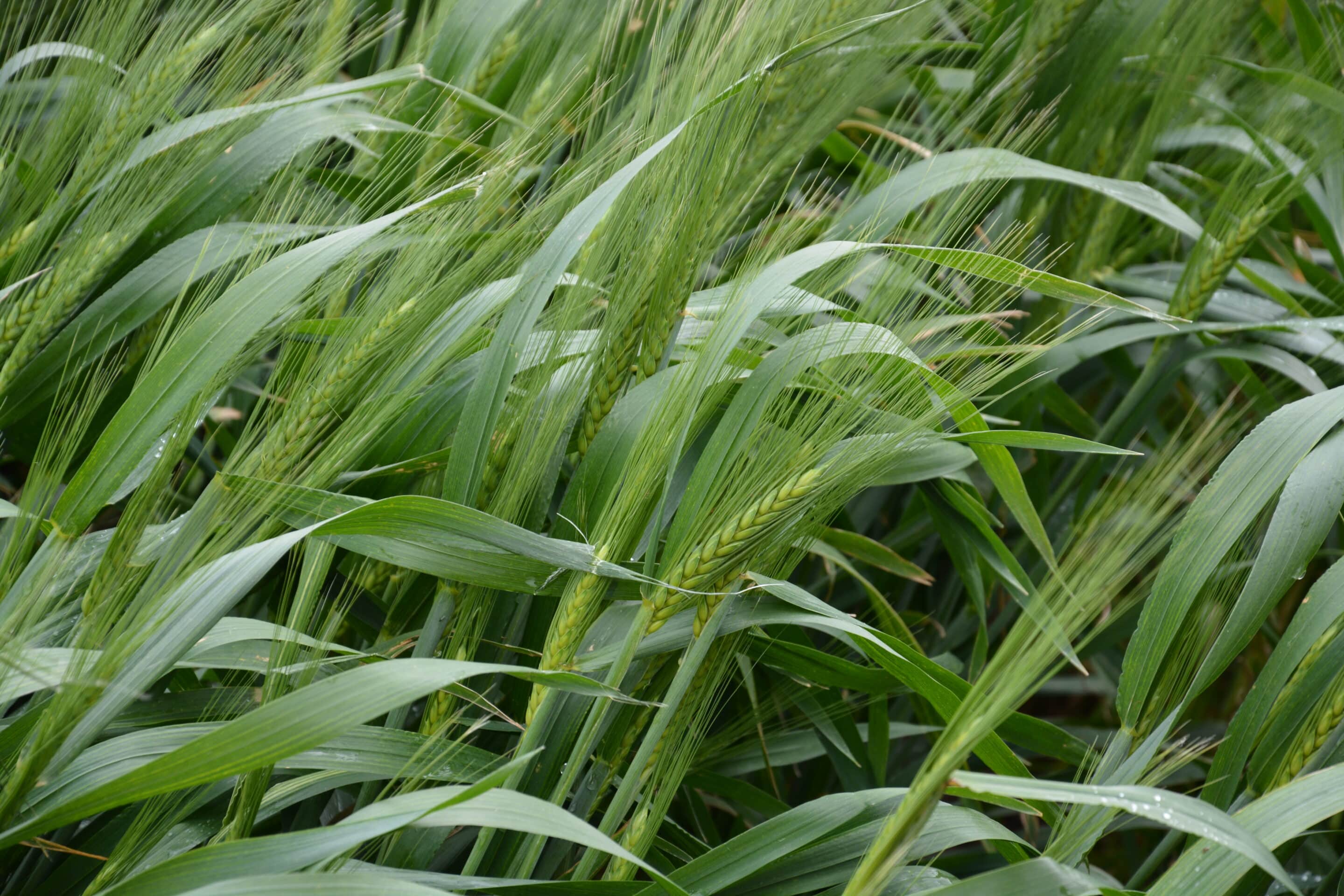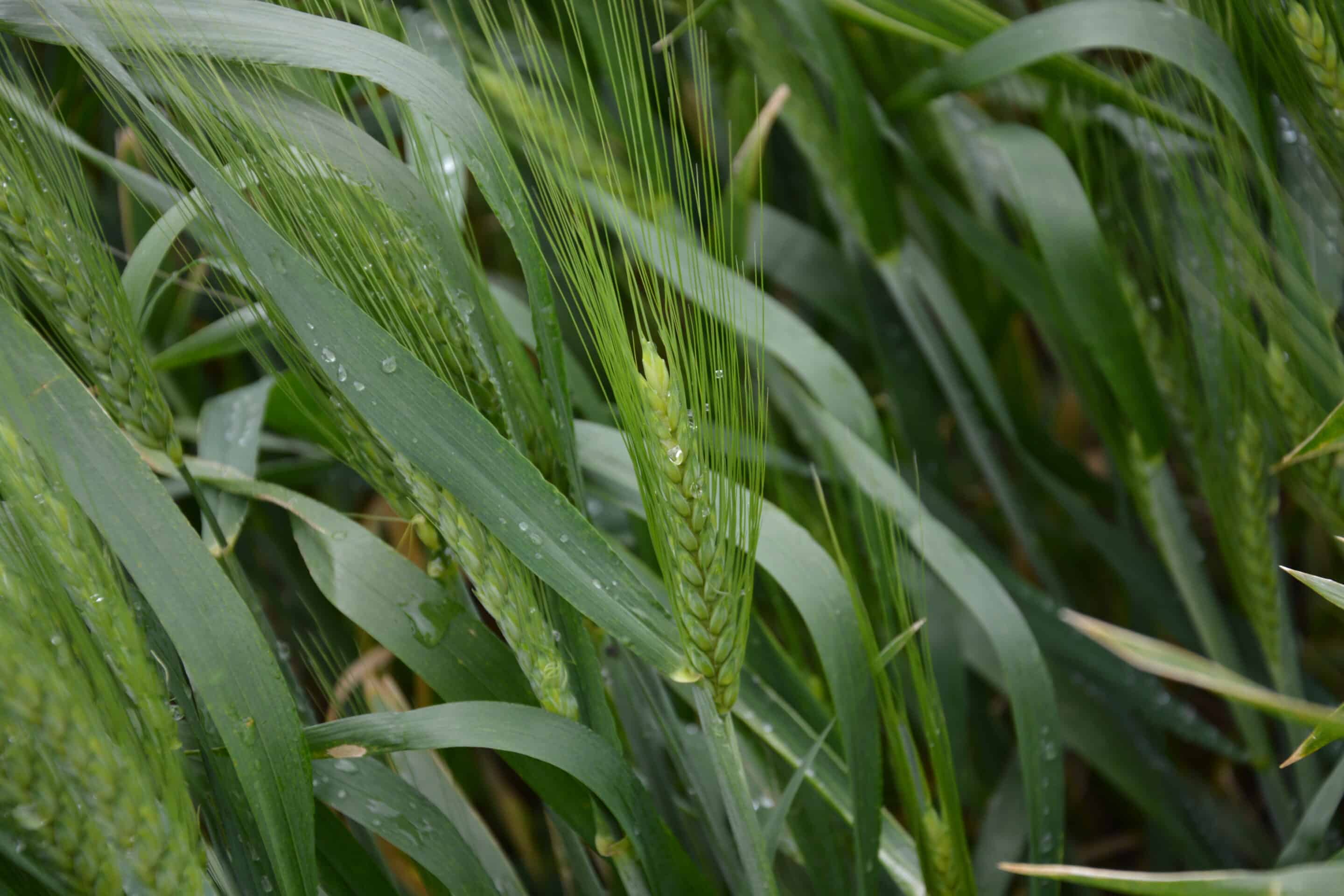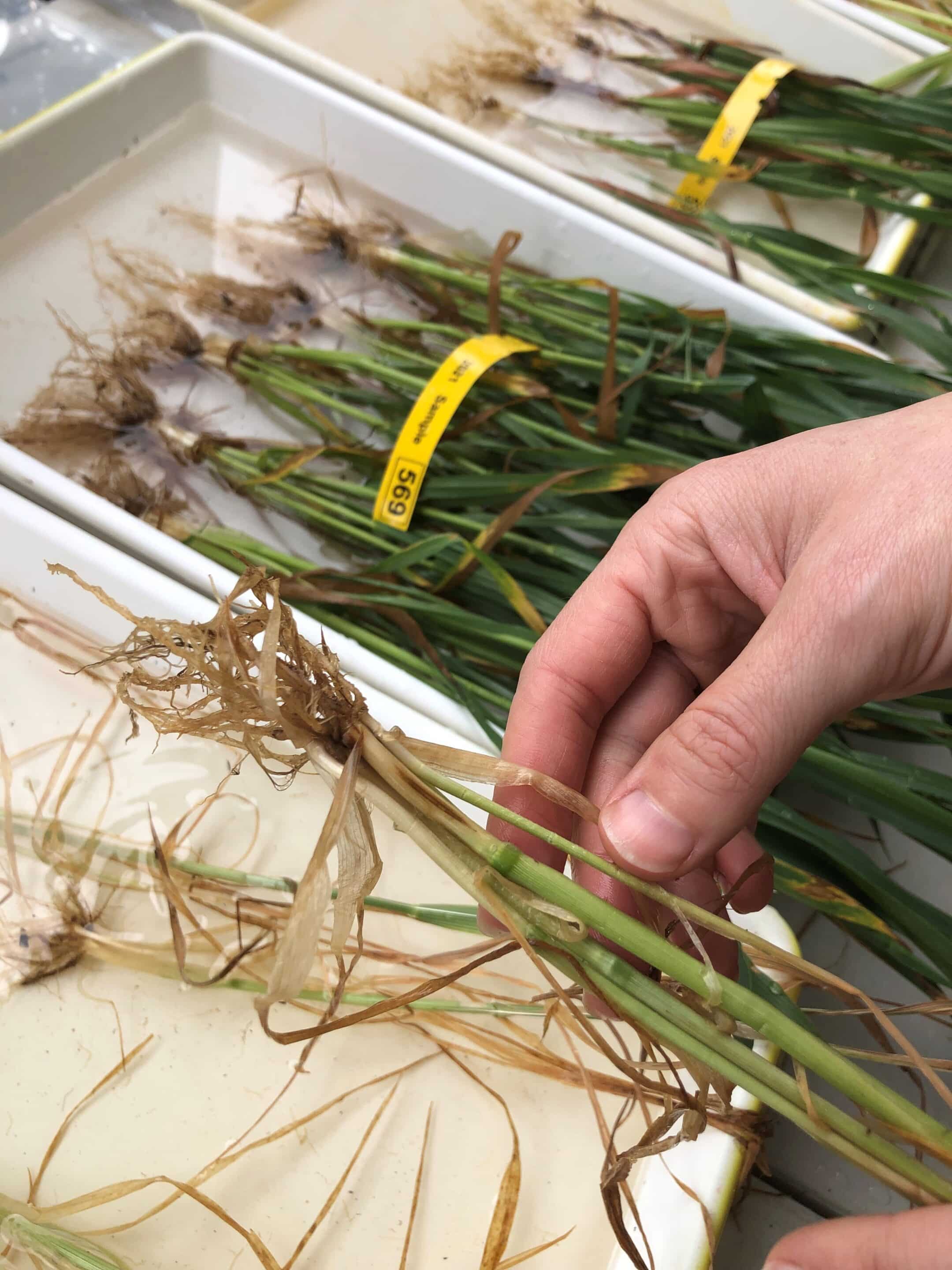START
FINISH

Summary
Durum lines with resistance to crown rot and with yields comparable to commercial cultivars were identified and evaluated in trials at Waite, Roseworthy and Kaniva.
Background
Identifying and successfully crossbreeding high yielding durum lines with good crown rot resistance has long been a problem for researchers and plant breeders.
Developing crown rot resistance into well adapted, high yielding durums with good quality characteristics would enable durums to be grown over a wider area and more intensively in rotations in current areas of production.
Research Aims
The core objectives of the project were to:
- Develop crown resistance into well-adapted, high-yielding durums with good quality characteristics, enabling durums to be grown over a wider area and more intensively in the rotation in current areas of production.
- Provide adapted durum lines for testing in SAGIT project DGA116.
- Develop a new generation of durum lines and new crosses in anticipation of funding from the GRDC from 2018.
In The Field
Various lines developed from bread wheat and wild Triticum dicoccon species were tested for crown rot resistance over four years on terraces at Waite and in yield trials run by the University of Adelaide in 2015, 2016
and 2017.
Several of those lines have shown consistent resistance levels and yields high enough for commercial consideration.
Quality testing conducted in Tamworth suggested that most of these lines had good quality profiles, though most indicated a tendency for dough breakdown.
Line SSD1476-067 was included in stage 4 trials at seven sites in 2018 and will also be bulked up for potential inclusion in National Variety Trials and possible commercial release.
Seventeen other lines were included in Stage 3 trials at four sites in 2018.
There were very high levels of crown rot resistance identified over several years in a set of lines derived from bread wheat 2-49 and Triticum dicoccon but the lines proved to be prone to lodging and yielded only about 40-50pc of that achieved by durum staple Aurora.
Results
Several durum lines were identified which continued to show good resistance to crown rot on the terraces and had yields comparable to commercial varieties in project DGA116.
New populations were developed, and new crosses made, which are undergoing further development in SAGIT project S118.
Project Participants
SARDI: Hugh Wallwork, Marg Evans, Mark Butt and Greg Naglis.
The Problem
Identifying and successfully crossbreeding high yielding durum lines with good crown rot resistance has long been a problem for researchers and plant breeders.
The research
Developing crown rot resistance into well-adapted, high yielding durums with good quality characteristics.
More information
Dr Margaret Evans, SARDI Research Scientist
T: 08 8303 9379
E: [email protected]
Value for Growers
The line 1476-067 may enter NVT trials in 2019, which may lead to development of a relationship with a commercial partner for possible release in 2020.
Project information was presented by Dr Wallwork at the Southern Australian Durum Growers Association (SADGA) Field Day at Wolseley in October 2017, with about 30 people in attendance.
Dr Wallwork also presented at a SADGA Research Forum at Horsham. Marg Evans made similar presentations about the project at a SADGA Field Day at Kingsford, and at a SADGA Research Forum at Tarlee on 7 March 2018.
Latest Research Projects





